The history of the airfields in Manipur and the Second World War is inextricably linked. If it weren’t for the several airfields built in northeast India by the British, the unprecedented Japanese offensive in 1944 would have altered our history. Of the nine airfields in Manipur, the Imphal Main was the British bulwark against the Japanese siege of Manipur during the Battle of Imphal/Kohima. Today, it is a key part of Manipuri collective memory. Which is why when the Manipur state government took a series of steps recently to acquire the old airfield at Koirengei from the Ministry of Defence, it raised both hope and dread.
“Chaired a review meeting on transfer of land under old airfield at Koirengei, Imphal East, presently occupied by central security forces to the State Government,” Chief Minister of Manipur, N. Biren Singh, had tweeted.
The chief minister’s tweet was significant in more ways than one. While on one hand, there is an acknowledgement of the history of the site, on the other, there is a fear that the Manipur government may be eying the historic site just as real estate waiting to be developed into shopping malls and government quarters.
“The plan is to relocate the units of the 57 Mountain Division of the Indian Army that are there to another suitable site. After taking over, we are hoping to preserve part of the historic airfield and develop into a War tourist site. We’re also considering the option of setting up shopping malls and government quarters around the site,” Chief Minister told me exclusively.
Today, Manipur and Nagaland are on the World War tourism map with hordes of war tourists visiting the Imphal War Cemetery and the Kohima War Cemetery maintained by the Commonwealth War Graves Commission. Manipur attracts a lot of Japanese war tourists every year, and the number is swelling even more with the Nippon Foundation of Japan helping set up the Imphal Peace Museum at the Red Hill in Imphal, where many Japanese soldiers fell.
The chance to preserve the Koirengei airfield shouldn’t be lost.
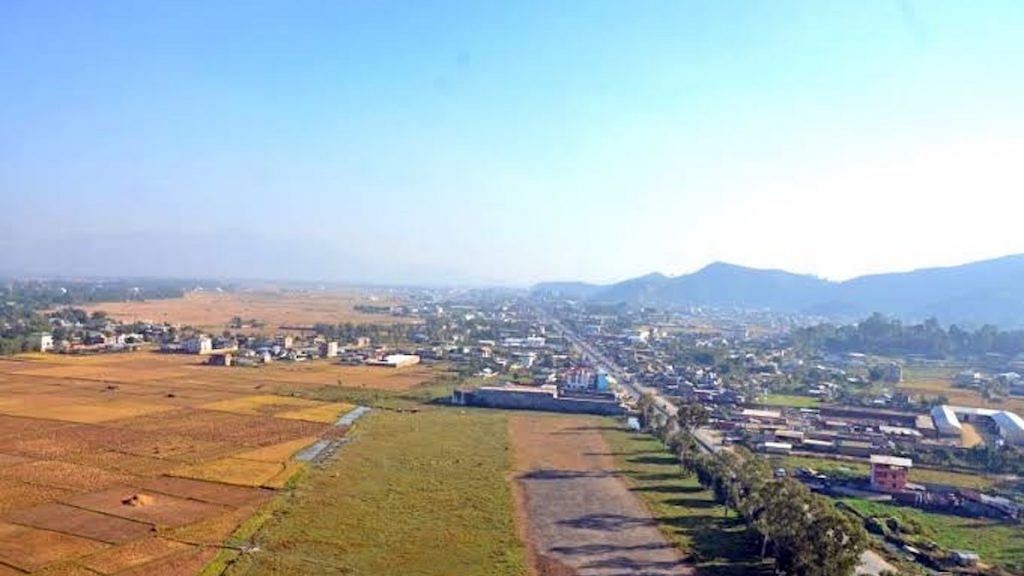
Also read: Manipur man on mission to save traditional one-stringed fiddle of Tangkhul Nagas
In people’s memory
In January 1942, Japanese troops advanced into British Burma and took control. And Imphal fell on the easiest route into India from there. Subsequently, the city became the target for Japanese bombing — they wanted to annihilate the British and Indian forces fleeing from Burma (now, Myanmar).
“The Japanese would fly at very high altitudes in a certain formation where only one plane could be visible. As it drew nearer, suddenly they would break the formation, revealing a multitude of fighter planes, and start dropping bombs,” recounts 93-year-old Yaikhom Rabeinya Singh who narrowly escaped a Japan bombing, hiding in a ditch while he was ploughing his paddy fields in 1942. Rabeinya remembers the war in Manipur as one of the most horrid times. “Imagine, a packet of salt used to cost Rs 15-20 back then. Starvation, looting, and refugees were the norm. The people residing in Imphal were the main sufferers. They had to evacuate their homes in Imphal and seek shelter in the suburbs with their relatives to escape the Japanese bombing. Each home dug V-shaped trenches for cover. Whenever we saw Japanese planes approaching, we used to run for cover. On average, 8-10 fighter planes would fly by daily,” recalls the frail WW-II survivor.
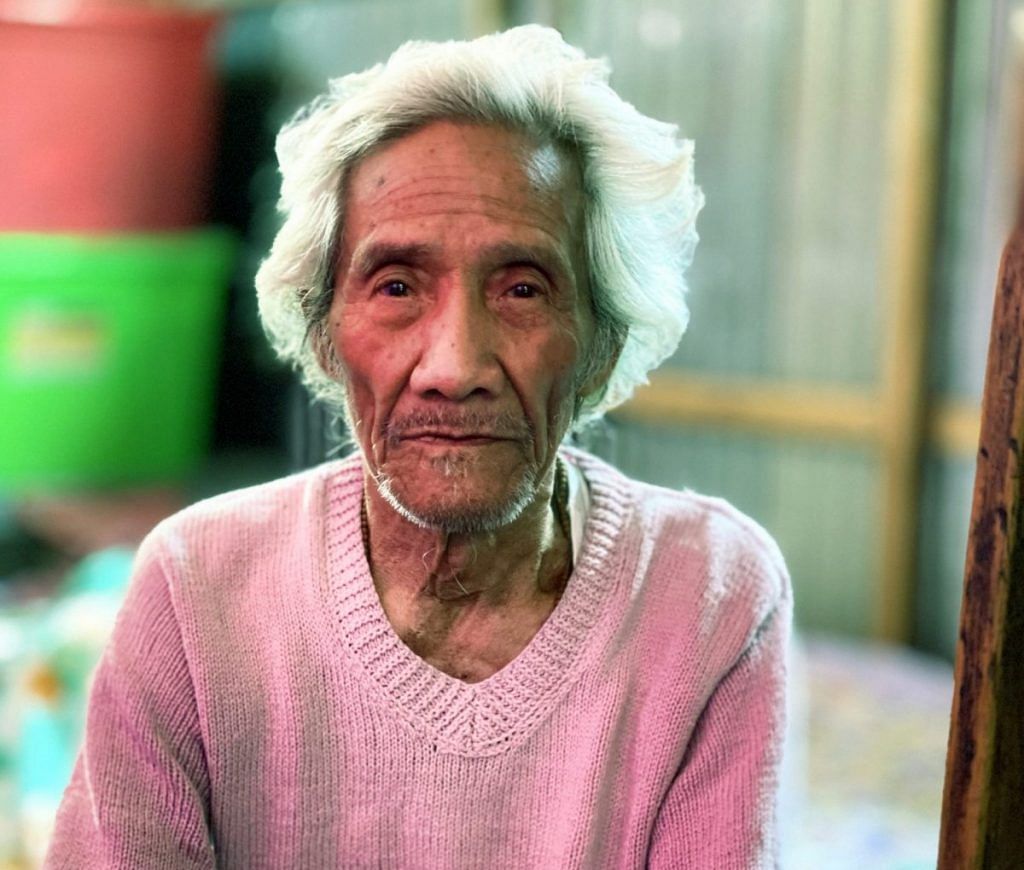
In the spring of 1944, the Japanese Imperial Army began their ‘march on Delhi’, crossing the mighty Chindwin river and trekking through the rugged Arakan mountain region in Manipur. Subsequently, the Imphal plain and the whole of the British IV Corps were besieged for three months, with the only way in or out for men and materials being the air route.
Fortunately for the British, before the Japanese incursion, they had built nine airfields to counter and defeat the enemy forces who occupied British Burma. The strong air support allowed the Allied forces to hold out while the Japanese line of communication faltered and ultimately failed to supply their war efforts, and led to their retreat from India.
Another WW-II survivor, 85-year-old Nimaicharan Khuraijam, who lost his father to Japanese bombing at Chingangbam Mandap in Imphal on 20 April 1943, the worst civilian casualty that claimed over 100 lives, was awestruck when he and his two friends saw the first landing of Allied fighter planes in Manipur at the Koirengei airfield. “I was in Class 5 when I saw it. We were awestruck watching planes land one by one. A British pilot who got down from the plane saw us and called out: ‘Come here! Check out!’ We went and the pilot asked us, ‘Can you speak English? None of my friends knew ABC, but I had picked up the language while conversing with a Nepal soldier who stayed with us at our home. So I stood up and said ‘I don’t know much’. Since that day, I became very close to the Allied forces and roamed their camps,” Khuraijam reminisces.
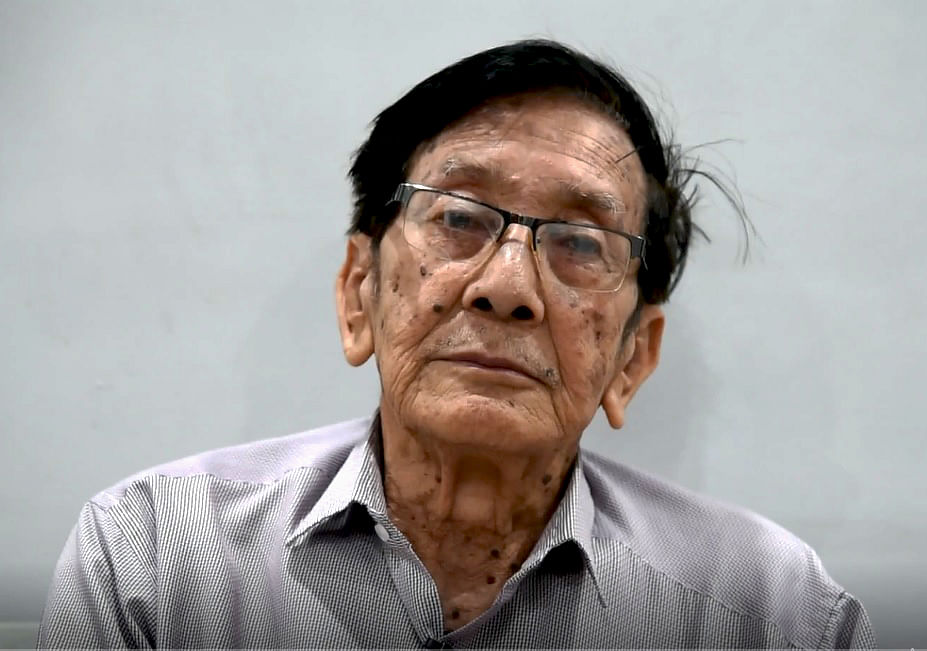
For many others, the loss on both sides became visible much later. “It was the eclipse of the Rising Sun,” says 94-year-old war veteran A.S. Ninglam, who retired as a subedar of the 4 Assam Rifles, describing the Japanese defeat in Manipur. Ninglam hails from Ukhrul, the district from where the Japanese began their march towards Imphal. “The Japanese were mysterious people. They were mostly hiding in the jungle in the hills. One of our village elders who was presented with an overcoat by a Japanese officer, told me he saw them hiding in the tall trees, jumping from one tree top to another with ease. During the war, very little was known of them. But after the war, we came to know that they had suffered a lot in the jungles of Manipur during their retreat and died of starvation and diseases,” Ninglam says.
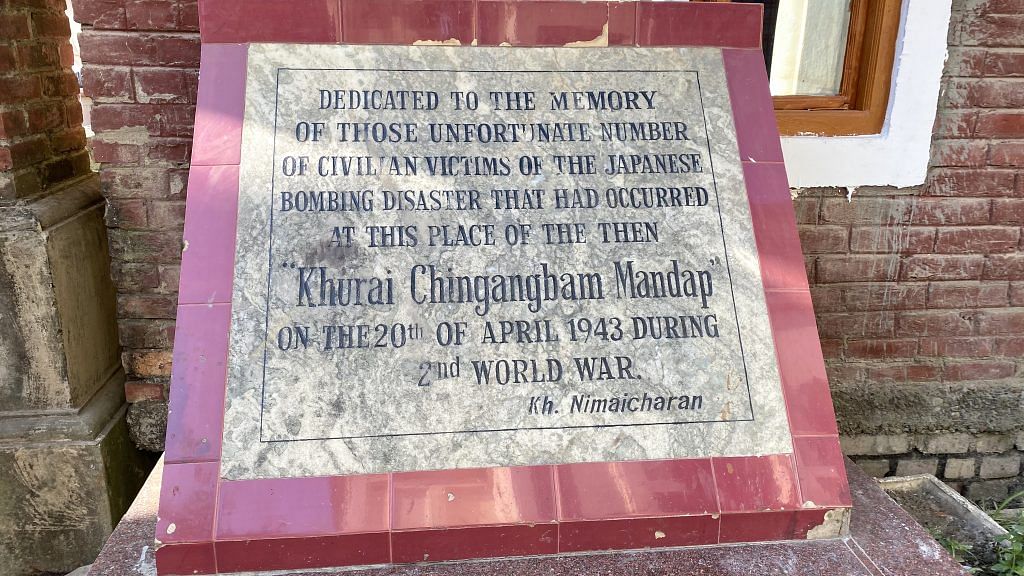
Also read: Why 43% of British still think colonial empire was a good thing, and a source of pride
Manipur on war tourism map
Despite being one of the most brutal campaigns in military history, which eventually ended the Japanese era of aggression, the battle of Imphal/Kohima has largely been a forgotten war. But since 2013, after the British Army’s central museum, the National Army Museum, voted it as Britain’s greatest battle (over the battles of D-Day and Waterloo), it is gradually coming into world focus.
Around the same time, war relic diggers, under the banner of the World War II Imphal Campaign Foundation, became active in Manipur and started identifying battlefields, digging up trenches, excavating war artefacts, recovering human remains and crashed aircraft. The Foundation even succeeded in setting up a private World War II museum, attracting global attention.
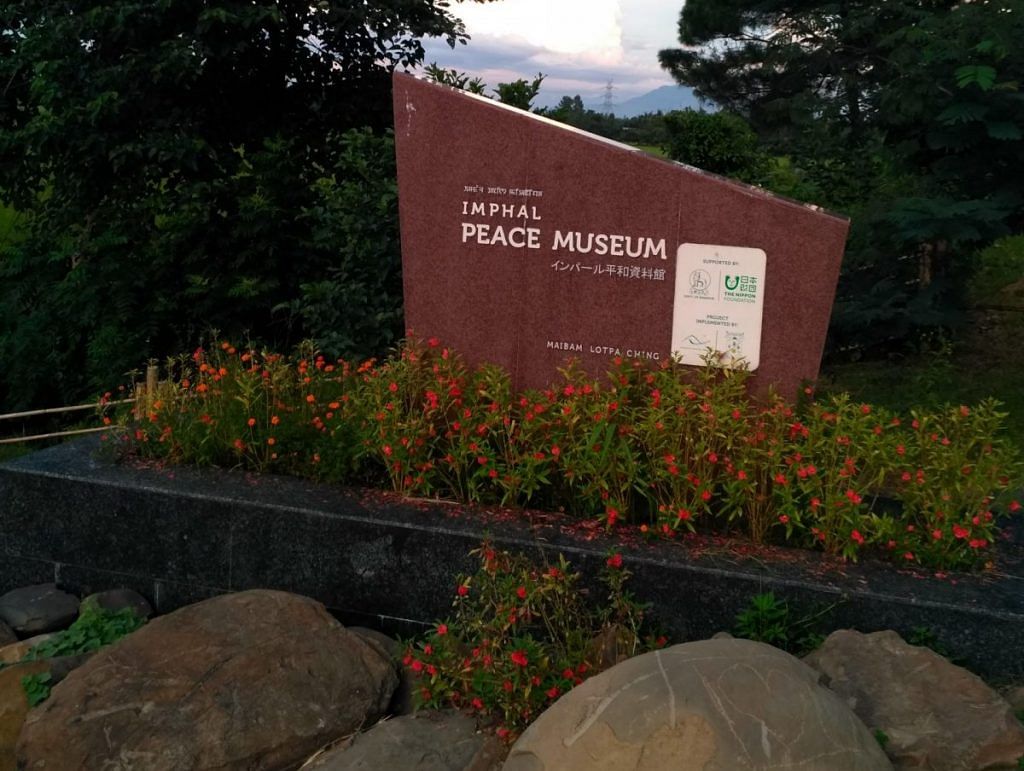
The number of war tourists visiting Manipur is most likely to swell once the Koirengei airfield is made accessible, says Rajeshwor Yumnam, the president of the WWII Imphal Campaign Foundation. “I always dreamt that the state government will take possession of the Koirengei airfield and develop it into a major WW-II heritage site, just as France has done with the Normandy landing sites that have become a huge tourist spot,” a hopeful Rajeshwor told me.
According to British war historian Christopher David Johnson, who says the outcome of the whole Burma campaign would have been very different had it not been for the Koirengei airfield, said that the unique airfield, with two runways perpendicular to each other, should be kept intact and utilised for war tourism with a fitting memorial to those gallant airmen and defenders of the garrison.
Meanwhile, sources say that the defence ministry is considering the state government’s proposal on the transfer of the historic airfield to Manipur in a positive manner.
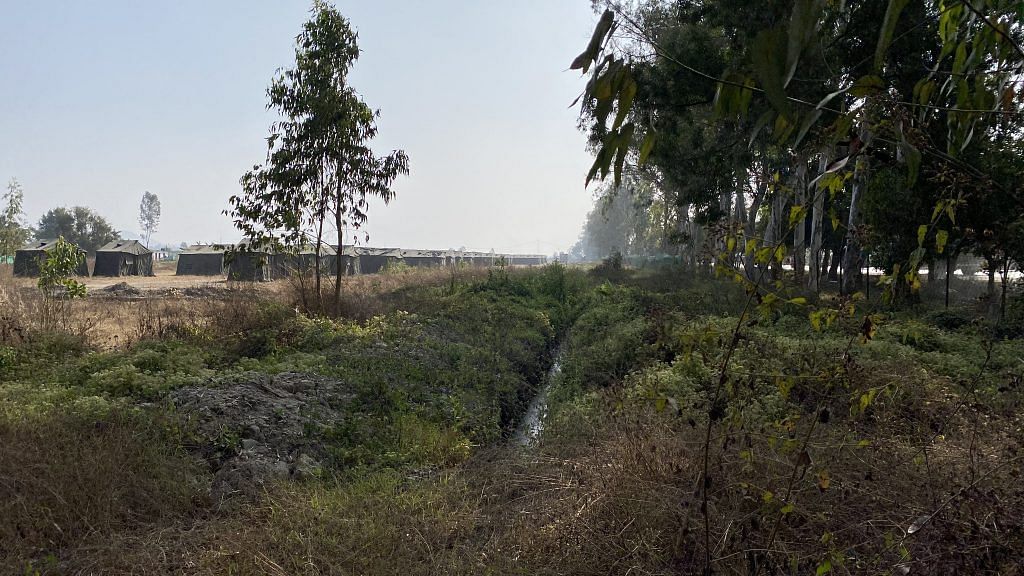
The author is a freelance journalist and filmmaker. Views are personal.


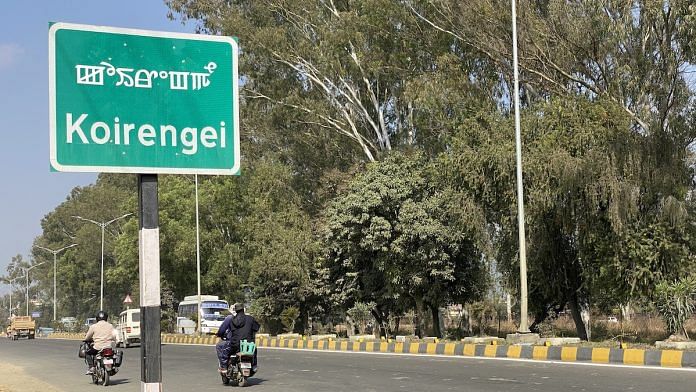

Despite of the situation of this year pandemic Sunzu Bachaspatimayum has come up with a distinctive form of news. It is the kind of agility with which he operates his duties.
The present condition of the KOIRENGEI airfield is not good. But I appreciate the effort made by the present GOVT to preserve it as an important site of WW2 . In fact it may be a place where the BRITISH had a turning point in stopping the Japanese advance by having a air dominance. What the GOVT should do is to called historian and dig deeper and try to reveal the real facts and importance about this airfield. If this airfield is repaired and put into its near original look, then it really can make a difference. The war office in Britan can be contacted and let some old aircraft brought from England to land mimicking the old times.. Oh that can create another big name and bring importance to this old airfield. It is just my thought… Let’s hope this comes true… Require a big effort from the people of Manipur..
Great story. I would like to read more similar stories from the Northeast and would like to visit the region.
Manipur Knew nothing of Capt.Limjatong Mate the INA(Burman Div.)
My Grand father was an INA captain but in Manipur too many people want’s to claimed to be INA and corruption within the system.He is not known by the Gov’t.He was residing at indo burma villages.Every 90 to above years knew little of him.This is how freedom strugglers were treated.
But the japnese lagged air support during the battle.
Bright back memories if my grandfather and his team who raved all odds against the Japanese. Entire brigade was wiped out in Japnese bombing leave a few soldiers . Just turned those pages in his diary. What a thrill went down to read all that happened. Really awesome and brave civilians who stood tall in the face of war and helped the Indian soldiers match the Japanese forces. Really amazing and tribute to all the fallen martyers. Jai hind